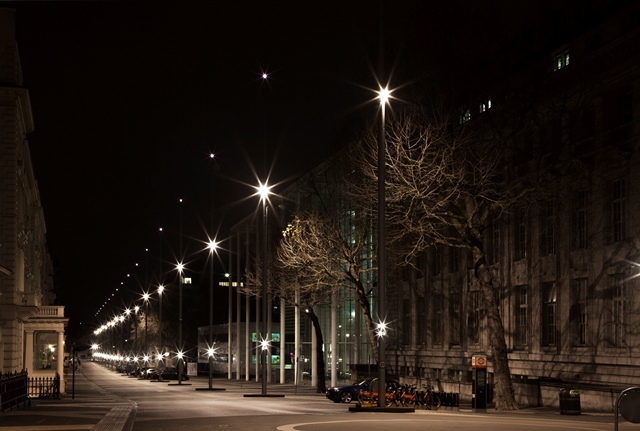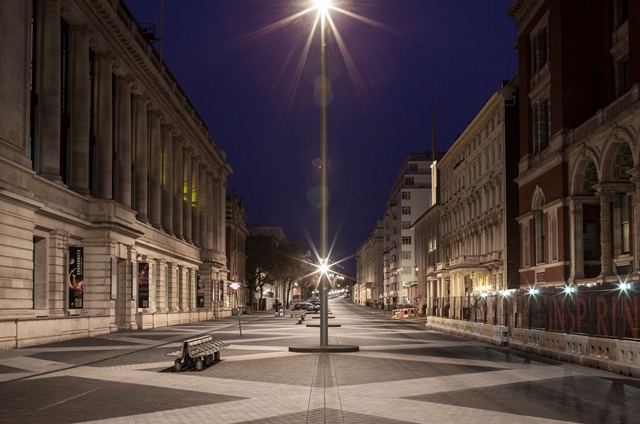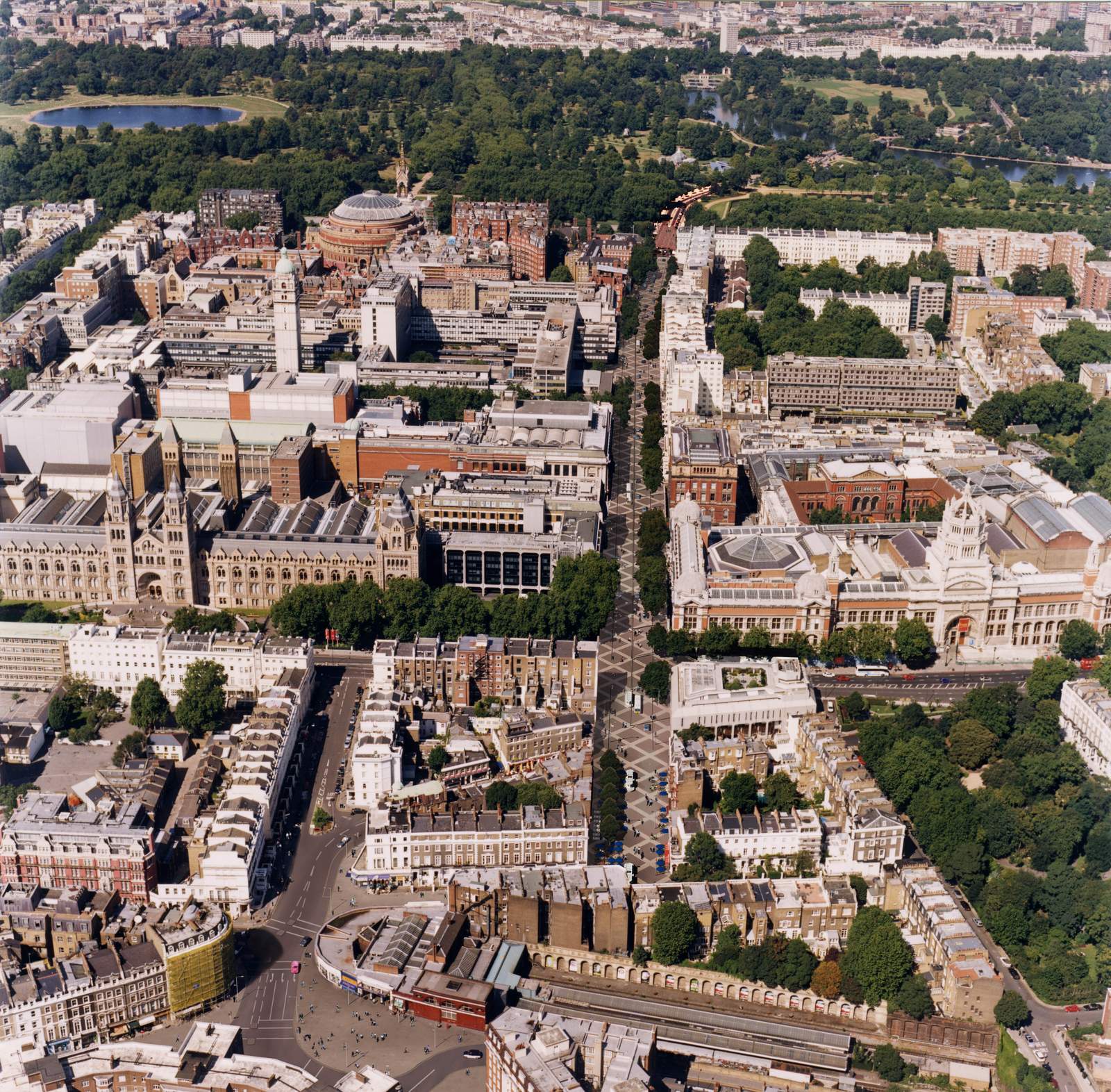
The V&A is indebted to two Victorian visionaries: Prince Albert of Saxe-Coburg and civil servant Sir Henry Cole. Their belief in art and education, together with their strong desire to give something to the people of London, led to the birth of the museum we now know as the V&A, a museum for everyone with a founding principle to make works of art available to all, to educate and to inspire good design. But the V&A is just one small fragment of a much richer cultural and intellectual legacy. Today, Albertopolis – a term affectionately coined in the 1850s after its royal patron – continues to refer to the network of educational, cultural and scientific organisations centred on Exhibition Road in South Kensington.
The birth of Albertopolis – like the V&A – is rooted in 1851 and the enormously successful Great Exhibition, which was held in nearby Hyde Park. Organised by Prince Albert and Sir Henry, it was the first international exhibition of manufactured products and was extremely influential on art and design education. Profits from the event were used by the Royal Commission of 1851 to purchase a group of objects that became the founding collection of the V&A and also to buy a plot of land south of Hyde Park. It was on this land that Prince Albert and Sir Henry’s ambitions to develop a campus of museums, colleges and educational institutions that promoted the arts and sciences was realised. One of the first was the South Kensington Museum (formerly the Museum of Manufactures), which relocated to the site in 1857 and shared its premises with the Government School of Design (now the Royal College of Art). Its new name reflected the rechristening of the area from Brompton (then an unfashionable part of London) to South Kensington, and intimated the scale of the two men’s aspirations.
Over the following decades – and in spite of Prince Albert’sdeath in 1861 – the landscape of Albertopolis evolved dramatically, as many of the area’s now iconic institutions took up residence. In 1867 Queen Victoria laid the red Aberdeen granite foundation stone of the Royal Albert Hall. Six years later construction began on Alfred Waterhouse’s Romanesque façade for the Natural History Museum, which in 1881 began to welcome visitors curious to see its collections of exotic specimens from all over the British Empire. The 1880s also saw the establishment of the Royal College of Music (1882), and in 1887 the Imperial Institute was created to coincide with Queen Victoria’s jubilee – its library, laboratories, conference rooms and exhibition galleries opening six years later as part of the genesis of what is now Imperial College. The South Kensington Museum underwent further development in the period too, first in 1899 when Queen Victoria laid the foundation stone of the museum’s now familiar edifice, and in 1909, when part of the museum’s collections were moved across Exhibition Road to the newly established Science Museum.
The influence of Albertopolis was not limited to South Kensington, or even London. In fact, Prince Albert and Henry Cole’s civic-minded vision provided a blueprint for others to follow. German architect Gottfried Semper was among those who drew inspiration from his contemporaries in his plans for Vienna’s Kunsthistorisches and Naturhistorisches museums, which were built in the city’s Maria-Theresien-Platz between 1872 and 1891.
Today Albertopolis thrives as a brilliant campus of world-class cultural and educational institutions that fosters an intellectual community that is as relevant and forward-looking as the day it was conceived. While other institutions have made the area their home – among them the Royal Geographic Society and the Goethe Institut – Imperial College and the Royal College of Art continue to drive cutting-edge research and produce the latest talents in fields from car design to fashion. Moreover, true to the values of its founders, Albertopolis has developed as a public space for all. Exhibition Road has matured into the area’s busy aorta with an annual visitor figure that exceeds 20 million. While public art installations, such as Subodh Gupta’s When Soak Becomes Spill, have brought the V&A on to the street and enabled the museum to continue to deliver on Prince Albert and Cole’s ambition to make works of art available to everyone, Exhibition Road will be further revitalised over the coming years with new entrances for the V&A and Natural History Museum that harmonise the public spaces of institution and street.
Albertopolis enjoys a great history, but an even better future; especially if the institutions it is home to work together in the right ways to share knowledge and expertise and to promote understanding of our individual and collective objectives. I am therefore delighted to inaugurate this new regular V&A Magazine series, which will provide a platform for our rich and diverse community of institutions to share their insights on topics that connect with both the V&A and Prince Albert and Sir Henry’s mission to bring the arts, education, science and engineering together. I look forward with interest to engaging with our neighbours, to the fresh perspectives they will bring and to the illumination they will provide on the wider significance of Prince Albert and Sir Henry’s remarkable legacy.
This article first appeared in the Spring 2016 edition of V&A Magazine


Photos © CultureShock Media
